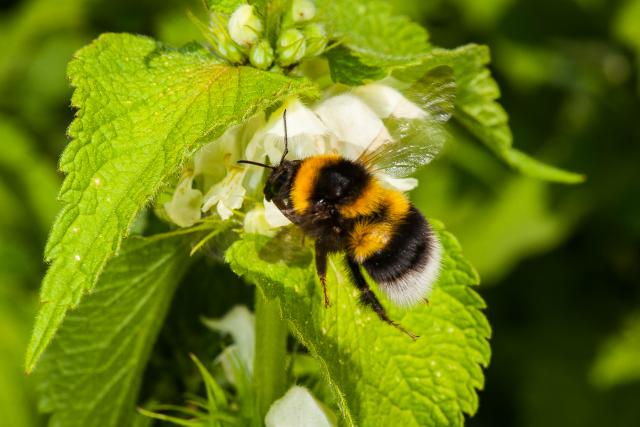
Bees in the UK
Almost 90% of the world’s wild plants depend on animal pollination, along with 75% of leading global crops. Pollinator species include wasps, ants, butterflies, beetles, moths and bees.
There are more than 250 species of bee in the UK, including the honey bee that normally lives in hives that are managed by beekeepers. Others, like many species of bumblebees and solitary bees live in the wild.
Bees in a modern, industrialised world are facing a range of complex and interacting threats, and the cumulative effect of which could affect the abundance and diversity of bee species. The IUCN list shows that as many as 24% of Europe’s bumblebee species are now threatened with extinction, despite being worth a staggering £690 million per year to the UK economy.
Habitat fragmentation is generally thought to be the most important factor driving bee declines, but climate change is having an increasing role to play in their demise.
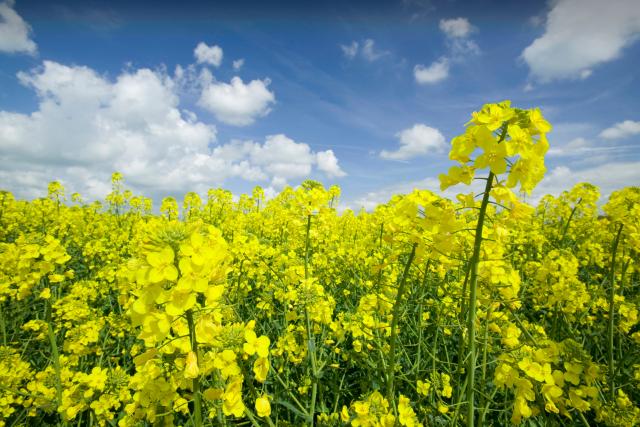
About the study
The recent Buglife report looked at 228 species of bee across the east of England and assessed their populations in the area. They focused on this area because it is nationally important for agriculture, but also provides a vital habitat for bees. The study found that third of pollinator species declined from 1980 to 2013 – and only a tenth increased.
Bees are vital to UK agriculture - one out of every three mouthfuls of food we eat exists because of pollinators. Bees pollinate an array of crops, including apples, peas, courgettes, pumpkins, tomatoes, strawberries and raspberries. If we lose bees and other pollinators, growing many types of food would be extremely challenging.
Shockingly, the study found that 17 species have become locally extinct from the area, a further 25 other species are threatened and 31 are of conservation concern. It was highlighted that species which are restricted to particular habitats or specialised to forage on a small range of plants were often most vulnerable to population declines.
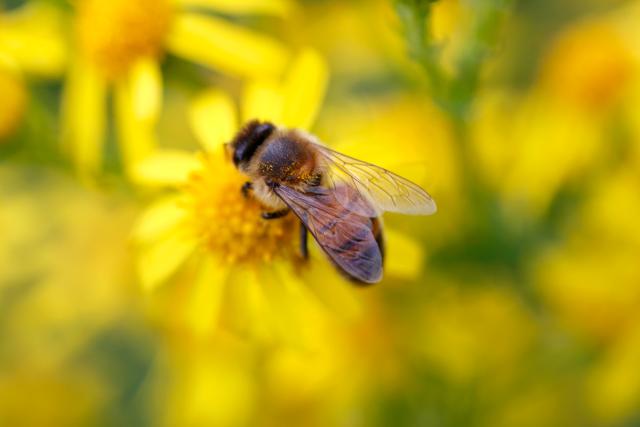
Vulnerable species
Particularly vulnerable species include the Bilberry Mining Bee, which collects pollen from just a couple of types of plants and is only known from one site in east England.
An overall loss of ‘floweriness’ and a decrease in the diversity of flowering plants, along with habitat fragmentation has impacted bee populations. On average the geographic range of bees and hoverfly species declined by a quarter – equivalent to a loss of 11 species from each 1km square.
The UK is one of the most nature depleted countries in the world and the loss of our wild spaces means that bees do not have the nature they need to thrive. Many of our rarer bumblebee species (Moss Carder Bee, Brown-banded Carder Bee, Shrill Carder Bee) need an estimated 10-20 square kilometres of good habitat to support a stable population but are currently losing that precious habitat at an alarming rate.
The impact of climate change
On top of major changes to their habitat, climate change is proving stressful for bees because they struggle to cope with weather extremes. One of the key impacts of climate change is the shifting of seasons, which become less predictable and weather such as summer droughts, prolonged flooding, cold springs and coastal storms become more frequent. The rapid changing of seasons means that pollinators may lose synchronicity with the flowering plants they forage on.
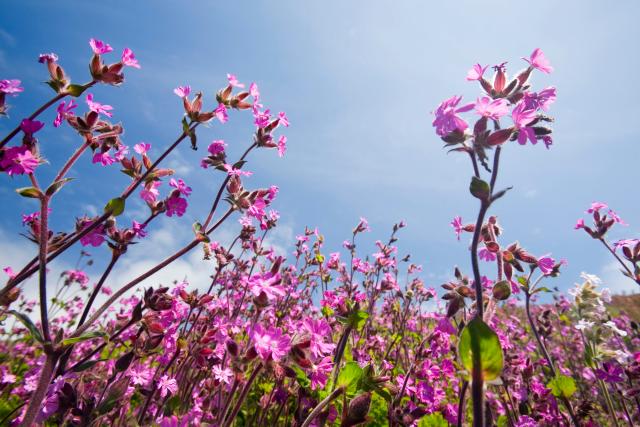
Saving our bees
Habitat fragmentation increases the vulnerability of these species as they are not able to expand their ranges in response to climate change. We need to protect and manage bee friendly habitats such as grasslands, coastal areas, brownfield sites and farmland. Specifically, in the east of England, coastal areas are vitally important, and habitats such as sand dunes, saltmarshes, soft cliffs and sea walls should be prioritised for protection.
The decline of bee populations represents the wider decline of nature, globally and in the UK. WWF’s Living Planet Report 2018 found that wildlife populations have decreased by 60 per cent globally since 1970. Closer to home, more than 1,000 British species are at risk of extinction and 140 have gone extinct in the UK. But the upcoming Westminster Environment Act is a real opportunity for the UK to take a lead in nature restoration. We need to back nature for all of us, so that we have the food we need to eat and nature can thrive in its own right.
Politicians have the chance to change the catastrophic decline of nature by implementing new environmental legislation to protect and restore nature across the UK. We’re calling for the Act to be world-leading and to include legally-binding targets to restore nature.
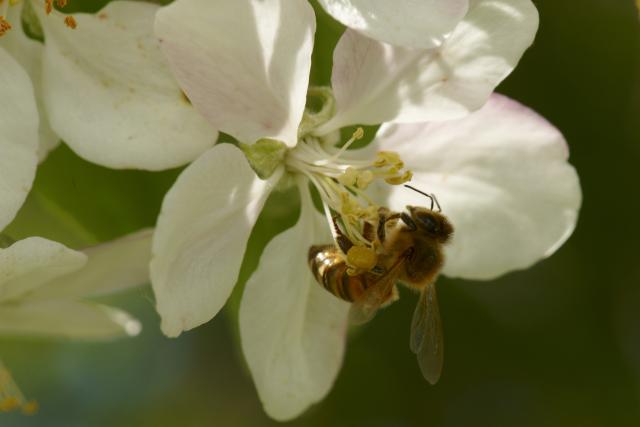
How can I help?
There are plenty of ways you can help the bees near you. If you have access to a green space, or have a garden, you can grow a bee-friendly haven. Planting wild flowers and leaving grass to grow will create a space where bees can thrive. Restoring the nature in your back garden is a small act that we all can do to help local populations. Read up on how to bee friendly or see how to restore your garden with our 5 tips.
We need to call on our government to act on the climate emergency and restore nature in the UK to help vulnerable species such as our bees, who are already suffering the consequences of a changing climate. To do this, you can sign our climate petition or join us at the mass lobby on the 26th June.
 Our tips on how to bee friendly
Our tips on how to bee friendly
 5 tips on turning your garden into a wildlife haven
5 tips on turning your garden into a wildlife haven